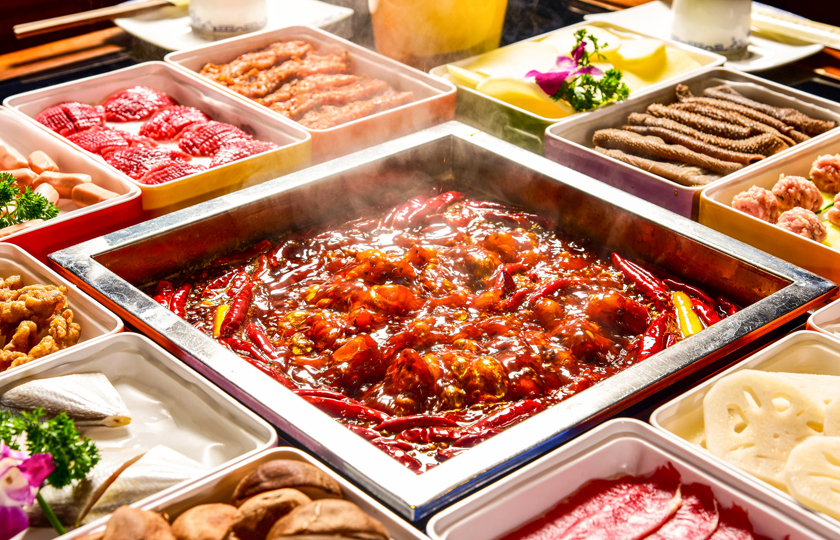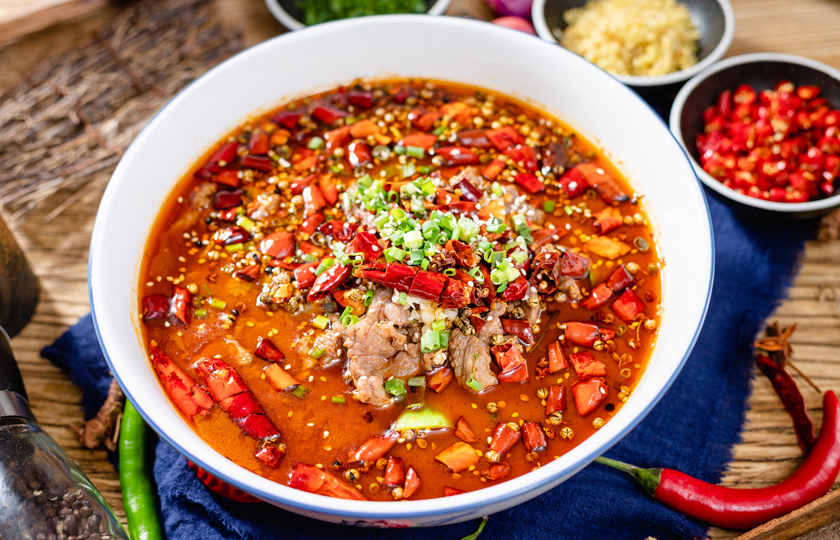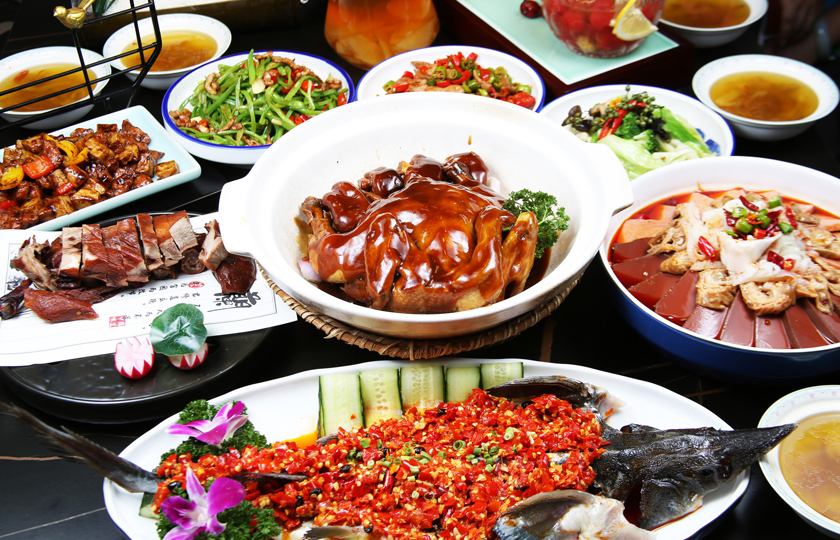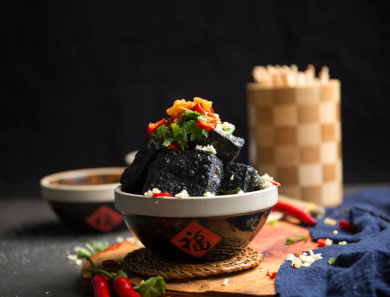Delving into Chinese Culinary Arts: How many great cuisines are there in China?

China has a rich and diverse culinary tradition, often referred to as the "eight major cuisines". However, this classification is more of a traditional and cultural classification rather than a strict definition.
How many major cuisines are there in China?
Chinese cuisines are rich in variety. The relatively famous ones include eight major cuisines, namely Shandong cuisine, Sichuan cuisine, Cantonese cuisine, Jiangsu cuisine, Fujian cuisine, Zhejiang cuisine, Hunan cuisine, and Anhui cuisine. But in fact, there are far more cuisines in China.
From a geographical perspective, there are also many local cuisines such as Beijing cuisine, Shanghai cuisine, Hubei cuisine, and Henan cuisine. These cuisines also have their own characteristics. For example, Beijing cuisine combines various styles such as palace cuisine, official cuisine, and folk cuisine. It has a strong taste and pays attention to texture and shape. Shanghai cuisine, that is, Shanghai dishes, have a light taste and pay attention to the characteristics of fresh, tender, crisp, and smooth ingredients.
From the perspective of ethnic food culture, there are also ethnic minority cuisines such as Xinjiang cuisine, Mongolian cuisine, and Korean cuisine. Xinjiang cuisine is represented by roast mutton kebabs, naan bread, and pilaf. The cooking methods are mainly roasting and boiling, and the taste is rich. Mongolian cuisine is mainly meat, such as roast whole lamb, reflecting the characteristics of grassland food culture. Korean cuisine is typified by dishes such as spicy cabbage, cold noodles, and rice cakes. The taste is spicy and sour and refreshing.
In addition, there are also many local snack systems with local characteristics in China, such as Shaanxi snacks and Tianjin snacks. Although they are not completely equivalent to cuisines, they are also an important part of Chinese food culture. For example, roujiamo and cold noodles in Shaanxi, and jianbing guozi and mahua in Tianjin.
The 8 Great Cuisines of China: In More Detail
The Eight Great Cuisines of China have a long history, with their roots dating back to the Spring and Autumn periods. Over time, the culinary techniques and flavors in different regions gradually developed distinctive styles. It was during the Ming and Qing dynasties that the concept of the Eight Great Cuisines became more defined, representing the essence of Chinese culinary culture.
The specific classifications of the Eight Great Cuisines are as follows:
Shandong Cuisine (Lu Cuisine):
Represented by Shandong, Lu Cuisine emphasizes the authentic flavors of ingredients and pays great attention to cooking techniques and seasoning. Representative dishes include Scallion-Braised Sea Cucumber and Dezhou Braised Chicken. Lu Cuisine is characterized by vibrant colors, rich flavors, and a focus on the original taste of the ingredients.
Sichuan Cuisine:
Represented by Sichuan, Sichuan Cuisine is famous for its spicy and numbing flavors, offering a diverse range of tastes. Representative dishes include Mapo Tofu and Kung Pao Chicken. Sichuan Cuisine is known for its bold and fiery flavors, creating a rich and varied palate, and it excels in the art of seasoning.

Cantonese Cuisine:
Represented by Guangdong, Cantonese Cuisine is known for its light and fresh flavors, placing emphasis on the natural taste of ingredients. Representative dishes include White-Cut Chicken and Roasted Goose. Cantonese Cuisine is characterized by precise knife skills, diverse cooking techniques, and commonly used methods such as steaming, boiling, and simmering.
Jiangsu Cuisine (Su Cuisine):
Represented by Jiangsu, Su Cuisine focuses on knife techniques, precise cooking, and a slightly sweet taste. Representative dishes include Sweet and Sour Mandarin Fish and Lion's Head Meatballs with Crab Roe. Su Cuisine features vibrant colors, delicate textures, and a refined approach to seasoning.
Zhejiang Cuisine:
Represented by Zhejiang, Zhejiang Cuisine emphasizes freshness, tenderness, and smoothness, while showcasing culinary techniques. Representative dishes include West Lake Fish in Vinegar and Dongpo Pork. Zhejiang Cuisine is characterized by its light flavors, emphasis on the natural taste of ingredients, and a profound understanding of cooking techniques.
Fujian Cuisine (Min Cuisine):
Represented by Fujian, Min Cuisine highlights seafood and soup dishes with a light taste. Representative dishes include Buddha Jumps Over the Wall (a complex seafood soup) and Lychee Pork. Min Cuisine emphasizes the handling of seafood, favors light flavors, and places great importance on the preparation of soups.
Hunan Cuisine (Xiang Cuisine):
Represented by Hunan, Hunan Cuisine is known for its spicy and flavorful profile. Representative dishes include Steamed Fish Head with Diced Chili Peppers and Hot and Sour Shredded Potato. Hunan Cuisine is characterized by its spiciness, rich flavors, and attention to seasoning.
Anhui Cuisine (Hui Cuisine):
Represented by Anhui, Hui Cuisine emphasizes cooking techniques and seasoning with a slightly salty and fresh taste. Representative dishes include Braised Squirrel-Shaped Mandarin Fish and Stewed Soybeans with Vegetables. Hui Cuisine values precise cooking techniques, favors a slightly salty and fresh profile, and values the original taste of ingredients.
These eight cuisines reflect not only the culinary diversity but also the rich cultural heritage of China. They serve as a gateway to explore the vast world of Chinese gastronomy, where each culinary tradition shines with its unique brilliance.

What is the most popular cuisine in China?
Personally, I think Sichuan cuisine may be a more popular cuisine.
First, it has a rich and unique taste, with diverse flavor profiles, which can bring a strong taste impact.
Second, it has a rich variety of dishes, covering different grades.
Third, it has a wide selection of ingredients and can meet various needs.
Fourth, it has diverse cooking methods and rich tastes.
Fifth, it is widely distributed and easy to taste.
Sixth, it has great cultural influence.























